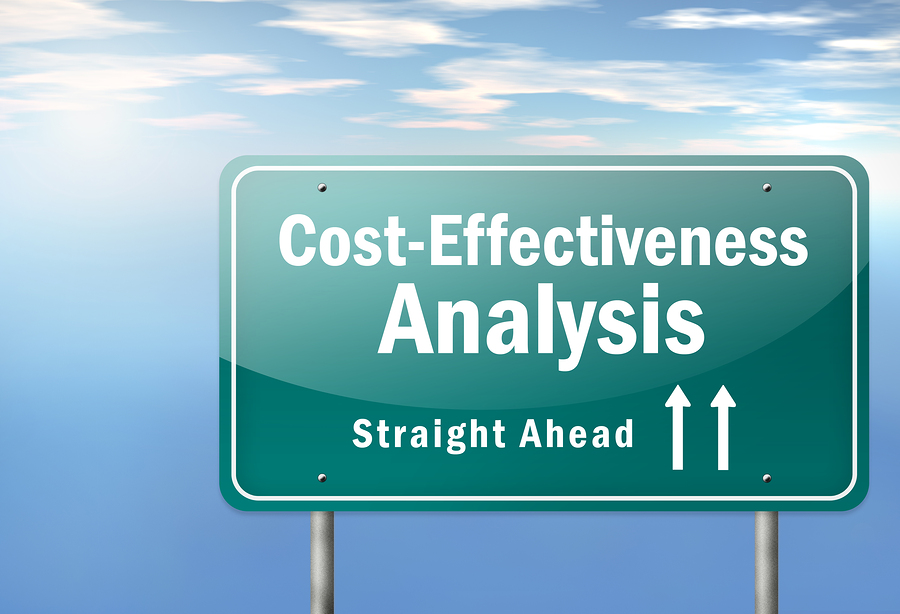Individuals need to be selected for their expertise and leadership qualities.
We are seeing more and more healthcare organizations that are selecting their department heads and managers to lead their value analysis teams. Why? Because these individuals bring the expertise and leadership qualities to maximize your hospital’s value analysis goals and objectives in any given year. But there is more to this story…
Why Not Supply Chain?
If this is the trend in healthcare today, then where does supply chain management fit into this picture? In the old value analysis model, supply chain ran the show, but those days are behind us. We now need to give ownership of our value analysis programs to our department heads and managers, since they control their budgets – we don’t! They can make saving happen – we can’t! They actually use the products – we don’t!
This doesn’t mean you give total control of your value analysis program over to your department heads and managers, but instead delegate some of your authority to these individuals to make savings and quality improvements happen. It’s a balancing act that works best when supply chain professionals take on the new roles of facilitators, coaches, and trainers for your value analysis teams. Here’s how it works.
Instead of leading your value analysis teams yourself, you select a department head or manager to lead your teams. If it is a clinical team it would be led by a clinical department head or manager, and non-clinical teams should be led by a non-clinical person. Then it is you and your staff’s job to facilitate these team meetings.
Tip: Another good technique that we have successfully employed for years is to make sure your team leaders don’t have ownership over the commodity team they are managing. For instance, you wouldn’t select an operating room director as team leader for an operating room team because they will protect their turf. It’s just human nature to do so.
By facilitate, I mean you provide all the help your team leaders need to get this hard work done. It could be helping to prepare agendas, clarifying issues, keeping track of savings, assisting with analysis, etc., everything and anything that can move your value analysis agendas forward.
Coaching Works
The most important new role for value analysis professionals is to coach your team leaders and team members on a just-in-time basis to improve their performance. For instance, when a team member is off track on their project, you need to take on the responsibility to coach them through the issues that are holding them back from completing their study.
It could be that the team member doesn’t know how to approach a customer with their savings proposal or they have been shot down the first time they talk to a customer about changing their practices. It’s your job to give them advice and guidance to breakthrough their impasse. This is where you can be the most help and influence in the success of your value analysis teams.
Too often, the real problem is that team members don’t know where to get started on their projects. This is where you can be most helpful in showing them a path to take from beginning to end. That’s why it is so important to have a defined value analysis process for your team members to follow so you know when they are on track or when you need to have an intervention.
Need Process
As I just mentioned, coaching works best when you have trained your team leaders and team members in a defined value analysis process. This way you know when a team member is off course and needs your help.
We call our value analysis methodology the 6-Step Value Analysis Funneling Process which provides the value analysis team members that we train with a beginning, middle, and end to their value analysis study. There is no wiggle room on what a team member is responsible for when they start their value analysis project.
We find even with a defined VA process team members can get off track easily. That’s why we have value analysis software to monitor what team members are doing so we can intervene and get them back on track. I remember a VA project manager for lab supplies who wanted to take trips to other hospitals to see what they were doing with their lab supplies; that was nipped in the bud when we saw what she was proposing, since this was way beyond the scope of her study. We wouldn’t have known this fact if she didn’t have a defined value analysis process to follow, which we were monitoring.
Training Works
In addition to facilitating and coaching, your next most important job is training your team leaders in your team protocols and value analysis process. Why is this mission critical for your value analysis teams? Because everyone thinks they know how to save money – but in reality, they don’t!
We have a two-day VA training program to teach our value analysis methodology to our clients’ team leaders and team members, and from time to time some students still don’t get it. That’s why we continue with just-in-time training sessions (individual and group) when we discover what our students missed, misunderstood, or ignored in our classroom training.
When you understand that value analysis begins and ends with training, your facilitation and coaching job will become much easier, since everyone will get it and you can take your hand off the throttle a bit.
If you don’t have a VA training program now, you are limiting your team’s success, because even the simplest tasks can be done better with extensive professional training.
New World
I hope that I was able to convey to you with these observations that there is a new world of value analysis that we have entered into in the 21st century that requires new roles for value analysis practitioners (facilitator, coach, and trainer) to be successful. This is a world where you take a back seat to your department heads and managers, but don’t lose control of your value analysis outcomes.
Feel assured that you are still responsible for the success of your value analysis program, but the strategies and tactics you employ today to make savings happen with value analysis need to be more in tune to participating management than the supply chain command and control model we have been employing in yesteryear. It’s new, different, and yes, more successful!





